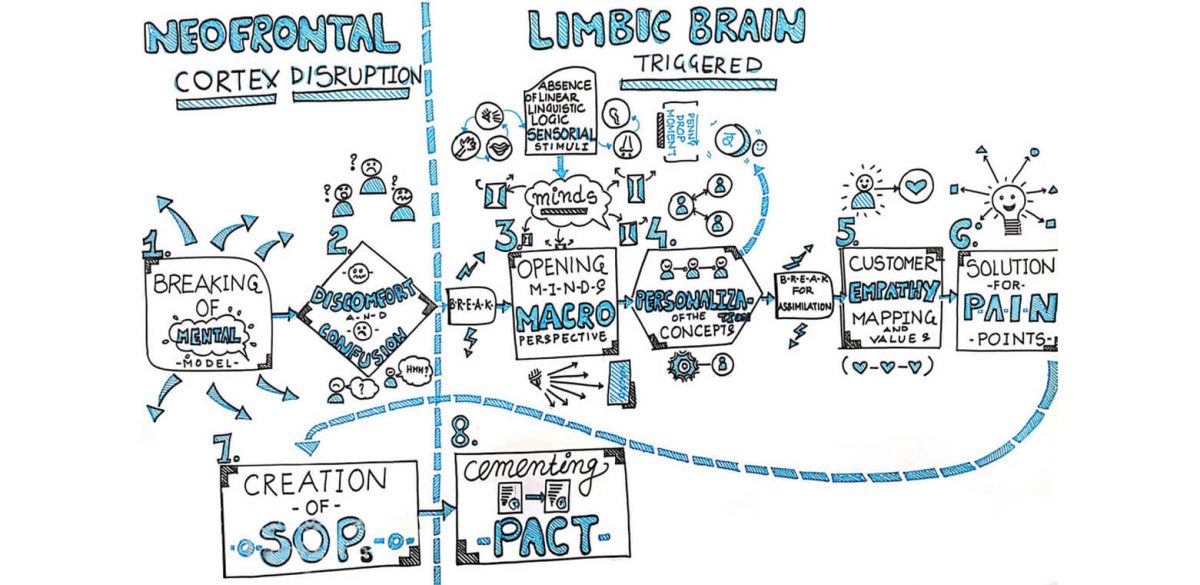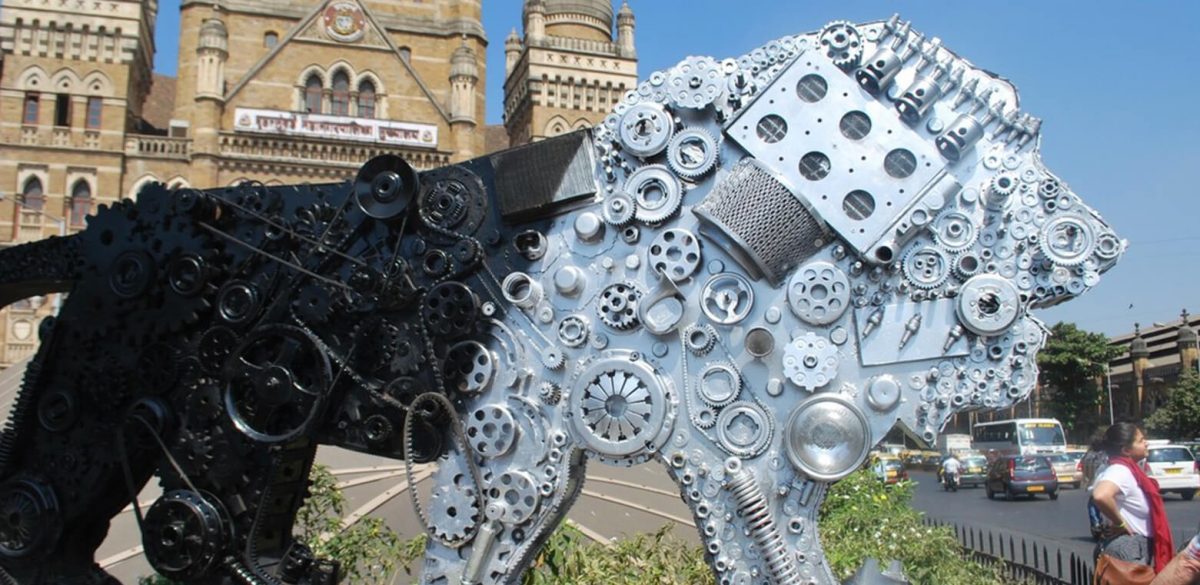Change is around us in barely over a decade, technology has taken over our lives and made us more interconnected, geopolitical balance is shifting with the rise of Asia. A new world order is emerging with Trump, Brexit and other narrow nationalist movements from leaders of the free world, a changing demographic with a large young population in India and Africa, the world as we have known it is vanishing before our eyes.
Old categories and products are falling by the way side, and every category is being disrupted and changing the way we live. Google, Uber/Ola, Paper Boat, Oyo, Vivo, iTunes, Netflix, Scootsy, Pepperfry, MakeMyTrip, Big Basket, Carat Lane, Ali Baba/ India Mart, and many more such brands are changing us in fundamental ways. Market leaders of the past are disappearing rapidly (Remember Lava and Micromax?) and the world around us is changing at a dizzying space.
Economic theories and modeling were built upon a basic assumption of Ceteris Paribus or all things remaining the same. Businesses started their planning processes basis assumptions made about the consumer, competition and the market. Today, no such assumptions make any sense. Businesses can no longer plan for the future they can simply be pre-pared for change. Earlier business models were static. They have to shift to more dynamic business models.
The Three Business Models Of The Future:
The Static Business Model
For much of the last century and a majority of businesses even now are products centric. Product-centric businesses organize themselves around their products/service. For example, a pre-engineered steel building company offers sheds/warehouses or a dairy company offers milk or other dairy products. The products and their manufacturing, supply chain and delivery determine the organizational structure. Thus, you have product managers or brand managers. And the business is geared around ensuring the milk is collected, chilled processed and distributed. A company selling pre-engineered buildings have a similar organization of sourcing, manufacturing, sales, and delivery. The problem with this business model is that there is no agility. Companies have organized systems, efficiencies and process improvements are their mantra and innovations remain in the form of small kaizens. They are geared to produce and sell and both the quantum and rate of innovation remains small.
The Dynamic Business Model
If the businesses aligned themselves around their consumers/ customers they would be more agile. Thus, instead of product managers, if you had a segment manager and put the customer at the heart of the business, you would move from product-centric businesses to Human-Centric Business Design. Thus you followed your customer. If the customer was no longer wanting to leave their home for everything, you figured out a way to reach the consumer. If the customer was worried about energy costs, you created pre-engineered buildings with solar panels. Keeping the customer in the heart of the business allows for continuous change. You then no longer keep making photographic film, you learn to make and store memories Kodak remained product-centric and died. Most brands that have died have done so because they did not keep pace with the changing customer needs. And a human-centric organization needs a new set of roles, structures, and business processes. The metric of efficiency is not so much cost but speed. The ability to react and the agility to market will also go a long way in acquiring and retaining loyal customers.
Change or Die
Earlier, businesses that did not change simply grew at a slower pace. Today, businesses that do not change simply die. The adoption and diffusion of new products and brands is very rapid. Product life cycles have got crunched and brands can grow as rapidly as they can decline. It is time to do things differently. It is time to fulfill a need rather than sell a product.
___
Originally published on Consultants Review



